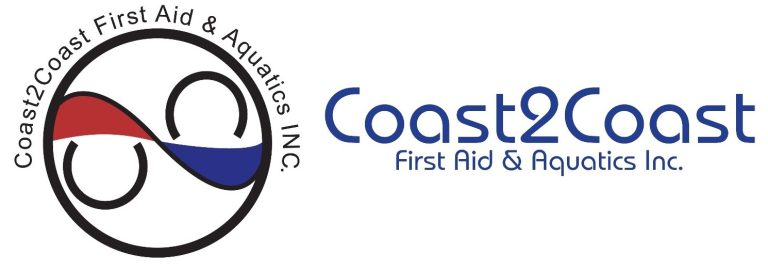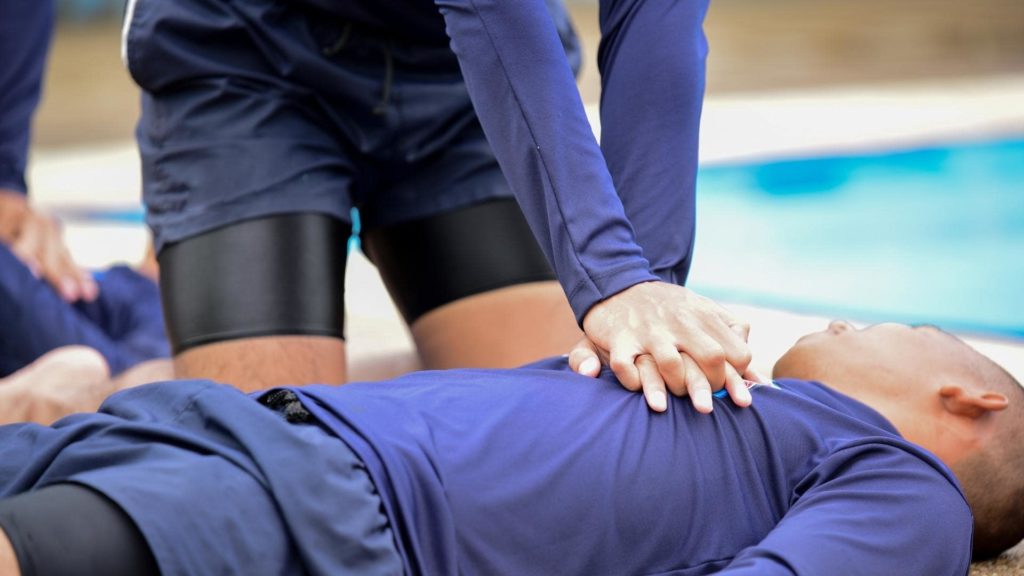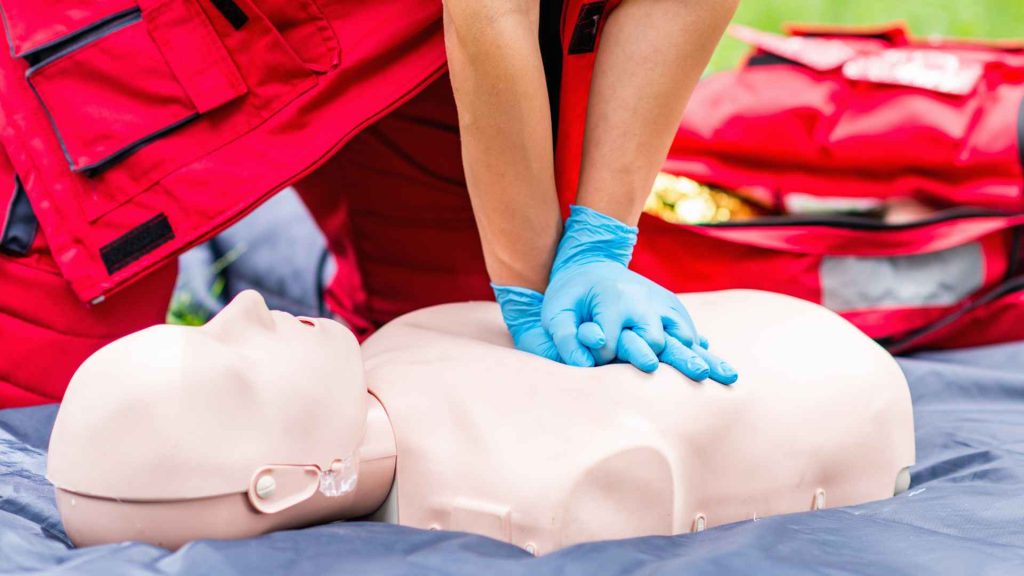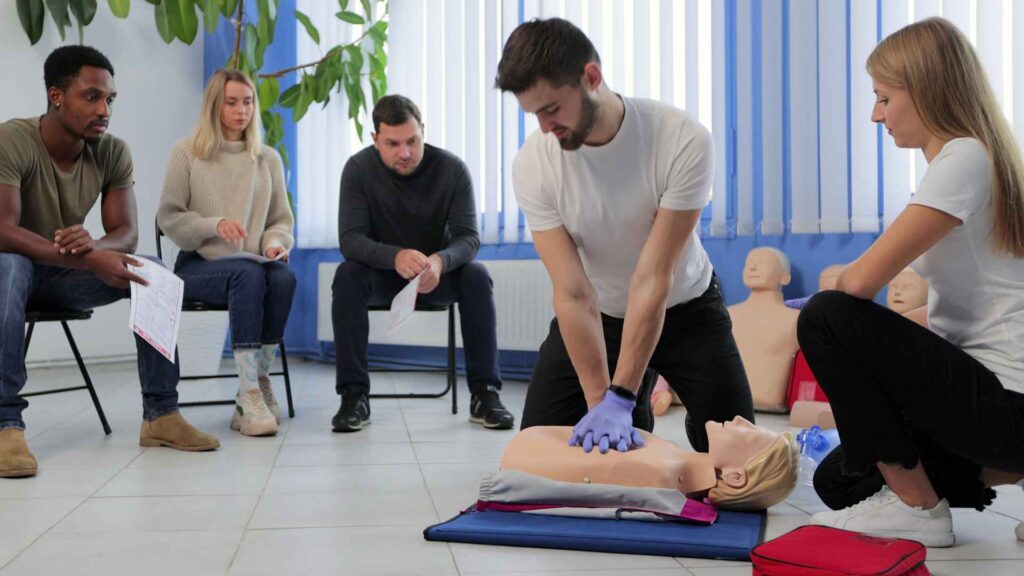When a person’s heart stops beating, cardiopulmonary resuscitation (CPR) is the procedure that can help save their life. When the heart stops, it cannot continue pumping blood to the body’s organs. When your heart stops beating, you suffer from cardiac arrest and then you require CPR.
During cardiac arrest, the heart stops because of altered electrical signals. Some people believe that cardiac arrest and a heart attack are the same, but they are different heart problems. With a heart attack, the blood flow to the heart stops because of blocked arteries, requiring immediate medical attention. However, they are in danger of cardiac arrest, which means the heart may stop pumping blood, placing the person at immediate risk of death within a few minutes unless they receive CPR.
A person in cardiac arrest is usually unconscious, and they are either not breathing at all or are not breathing normally. Both indicate that CPR is required immediately but always performed after calling for emergency help first. But how does CPR restart the heart? We’ll discuss more in this blog post.
Since most incidences of cardiac arrest occur in the home or place of work, CPR training teaches you how to help someone when they cannot breathe. No matter how close a hospital is, without CPR, their chance of surviving is almost zero.

What Your Organs Need to Survive
Life is impossible without oxygen, and it is essential for all organs and cells. The lungs are the organs that draw oxygen from the air that we breathe and then disperse it to the body’s other organs via red blood cells. These same cells remove carbon dioxide from our bodies as we exhale.
When a person is not breathing normally or at all, the lack of oxygen will damage all the vital organs, causing them to cease functioning. A lack of oxygen to the brain can lead to brain damage after just 4 minutes, and death follows soon after. CPR is used to replenish the victim’s oxygen levels until help arrives.
Inquire about CPR Training
Do you have questions regarding CPR training? Contact us today! Our customer service representatives are ready to assist you.
What is CPR?
In any emergency where someone is not breathing normally or is in cardiac arrest, CPR is a set of techniques used to help save their life. CPR includes:
- chest compressions
- rescue breathing (mouth-to-mouth)
During CPR, blood circulation is maintained, delivering oxygen to the organs until emergency services arrive. Failure to provide oxygen and blood flow to the organs will result in organ failure, eventually leading to death or long-term injuries. If CPR is not provided quickly, there is a higher chance of death.
Having the knowledge of basic emergency first aid and CPR life saving technique can give a person in need a chance of survival. If you know when to perform CPR, such as when a person is unconscious, unresponsive, and not breathing normally, you can intervene before it’s too late.
Knowing what does CPR do, alongside basic first aid, helps individuals understand its vital role in emergencies. By manually compressing the chest and providing breaths, CPR keeps the heart and lungs functioning temporarily. It does not restart the heart directly but maintains blood circulation to essential organs, especially the brain. This is crucial because even a few minutes without oxygenated blood can lead to irreversible damage. What does CPR do in practical terms? It keeps the person alive until advanced medical help arrives, serving as a bridge between cardiac arrest and professional treatment.
To understand how does CPR work, think of it as a manual substitute for the heart’s pumping action. When compressions are done properly, at the correct depth and rhythm, they create pressure that circulates blood throughout the body. Adding rescue breaths supplies oxygen, making CPR even more effective. The purpose of CPR is not only to prolong life but also to prevent organ damage by maintaining vital circulation and oxygenation.

How CPR Works
How CPR works is by taking over the function of the heart and lungs. CPR combines chest compressions and rescue breaths performed on a person in cardiac arrest. The two techniques, when used together, allow the person performing the CPR to take over the role of the person’s heart and lungs, sending oxygen and blood flow to the brain and other vital organs.
That means that the breathing and chest compressions pump oxygen in the blood around the body. Even without rescue breaths, chest compressions alone can still increase a person’s chance of survival. By providing CPR compressions and breaths, you can restart the heart.
The purpose of CPR is not necessarily to revive the person instantly but to keep them alive long enough for medical professionals to take over. What CPR does is help preserve brain function and prevent further damage by maintaining circulation.
This is how CPR saves lives, by acting fast and keeping oxygenated blood flowing, it reduces the risk of brain injury and death during cardiac arrest.
One of the key benefits of CPR is that it empowers ordinary people to take immediate action during life-threatening situations. Bystanders trained in CPR can double or even triple a cardiac arrest victim’s chance of survival, emphasizing the importance of bystander cpr. This makes it a vital skill not just for healthcare providers but for the general public as well. Beyond emergencies, the benefits of CPR extend to creating more resilient communities where lives can be saved before professional help arrives. Workplaces, schools, and public venues that encourage CPR training significantly increase survival rates in critical scenarios.
The CPR life saving technique is based on understanding what happens during CPR. When the heart stops, blood flow ceases, which can lead to brain damage in minutes. By delivering conventional CPR with compression and breaths, you take over this crucial function, supplying oxygen and promoting circulation. This life-saving sequence preserves brain integrity and prevents irreversible damage, making the CPR life saving techniques an essential emergency response tool.

Learn How to Provide CPR
Knowing how to help someone in an emergency can make the difference between life and death for the person. Training in first aid and CPR can help increase a person’s chance of survival until emergency help arrives.
Take a life-saving CPR course with Coast2Coast today and receive your certification. The blended course combines online and in-class learning. The duration of the online section for CPR/AED Level C is 2-3 hours, and the in-class training is 3.5 hours.
On completion, you receive your Canadian Red Cross Certification within 5-10 business days, valid for 3 years, after which recertification is available. Recertification is also held in a blended format, requiring 2 hours of online training and 2.5 hours of in-class training.
Coast2Coast offers CPR certification and recertification training at several facilities across greater Toronto, like Mississauga, Brampton, etc; Western Ontario, and Eastern Ontario.
Understanding how CPR save lives is essential for anyone learning the technique. In emergencies, every second matters, and CPR serves as the immediate intervention that keeps oxygenated blood flowing. This circulation is vital to prevent brain death and irreversible organ failure, highlighting the importance of early CPR . The more people trained in CPR, the higher the likelihood of survival for victims of cardiac arrest. Immediate response improves outcomes dramatically, and this is precisely how CPR save lives, by sustaining life until emergency services arrive.
Knowing when to perform CPR is just as critical as knowing how to do it. You should begin CPR when a person is unresponsive, unconscious, and not breathing or not breathing normally. This triggers an immediate CPR cardiac arrest response, which includes calling for emergency help and initiating compressions. Recognising these signs quickly enables responders to act without hesitation within the emergency response system , increasing the person’s survival chances. Training prepares you to deliver a confident and timely CPR cardiac arrest response.
Register to Earn CPR Certification!
Find which CPR certification is best for you!
Register for our first aid courses, you are one click away.

















No comment yet, add your voice below!